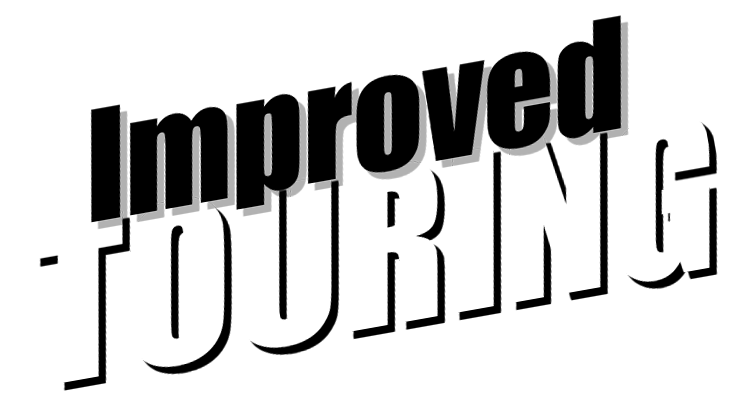This is indeed a most ineresting debate. Now I can show my ignorance

The OEM bushing allows compliance in three dimensions, x, y, and z. Changing the material to a solid metal must lead to zero deflection in at least two dimensions, most probably until the pickup point is ripped out of the car. Making them from delrin does the same to a slightly lesser degree. This is done in the name of improved transient response as well as eliminating or reducing unwanted suspension movement.
Going back to Kirk's pictures of some OEM VW control arm bushings, they allow all three dimensions of deflection.
Now compare these to the attached photo (from Shine Racing) of their spherical bearings for the same purpose. Both Shine pieces allow two dimensions of movement.
I think we can agree that all of the bushings/bearings we are talking about do not relocate suspension pickup points or geometry. Indeed I think the points made above regarding the difference in IT vs. Production rules are good ones. Adjustable spherical bearings are a whole 'nother animal.
So is a bushing a bearing?
Let's look at some glossary definitions again:
"Bearing - A mechanical component provided to allow connected parts to
move with respect to one another in a manner consistent with durability
and minimal friction."
Certainly this describes the bushings we are discussing.
"Bearing Carrier - A housing in which the bearings carrying a shaft are
mounted."
Again using Kirk's photos, we have rubber bonded to metal in a one piece design. Most 'high performance' replacements are two or three piece designs that do not need to be pressed in to their respective holes. This
"Bushing/Bush - A sleeve or tubular insert, whose purpose is to reduce the
dimension(s) of an existing hole."
Every piece described, OEM or not, does this. If its non-OEM construction is of differing design, including multiple pieces rather than one piece, it is of debatable legality.
"Spherical Bearing - A load-bearing connector in which the central portion
is convex and the outer portion is concave, allowing both angular
displacements of the axes and relative rotation."
This seems not to perform any function different than that of the three piece bushings we are conjecturing are perfectly legal to use.
So I posit a bushing must be a bearing, although a bearing may not be a bushing.
Dave Zaslow
Feeling very bush league amongst this learned group.




